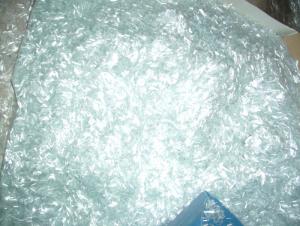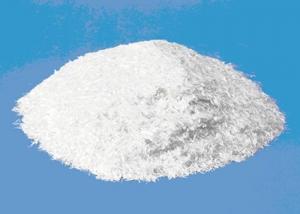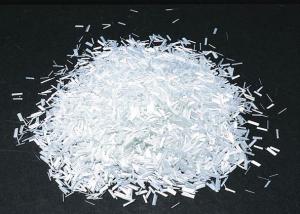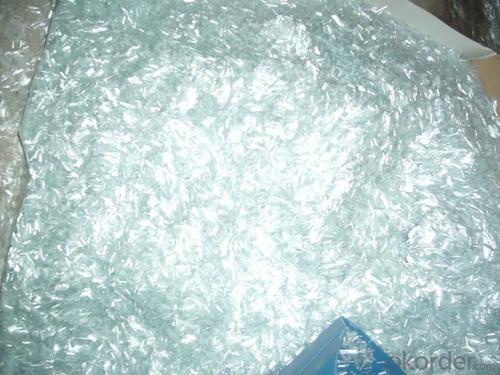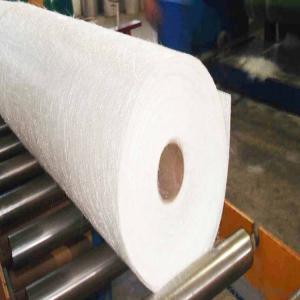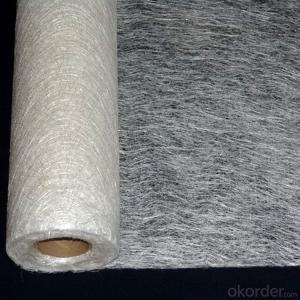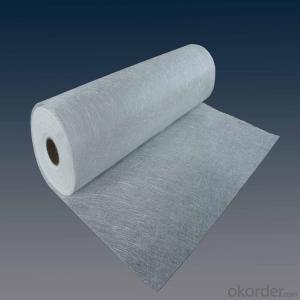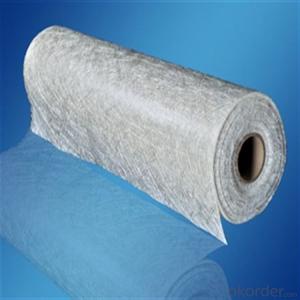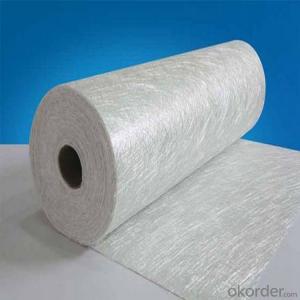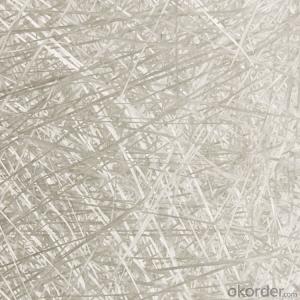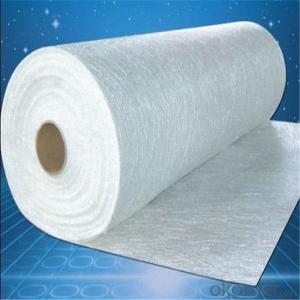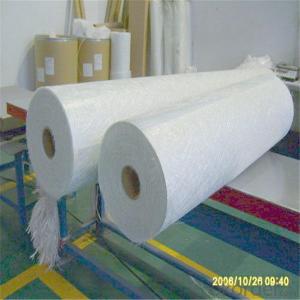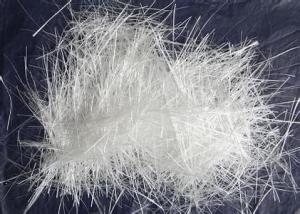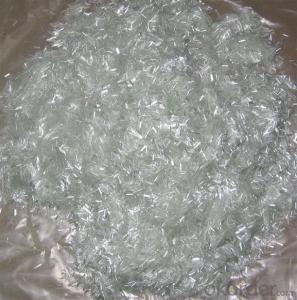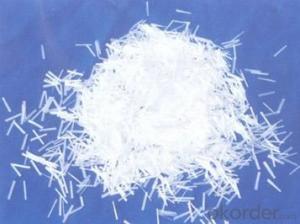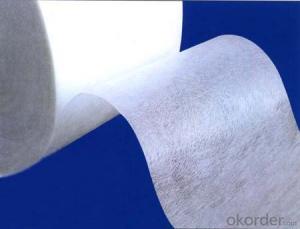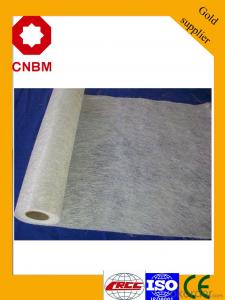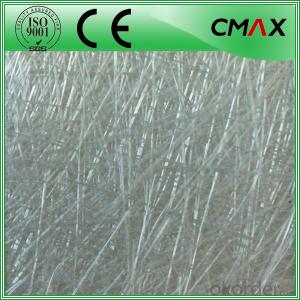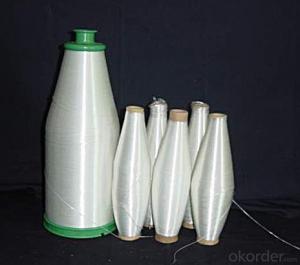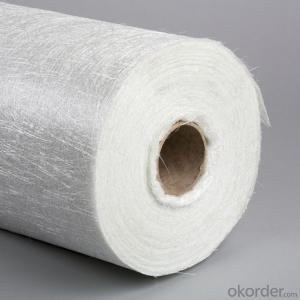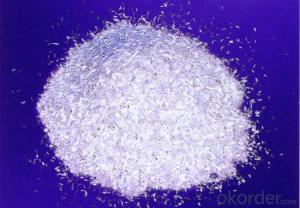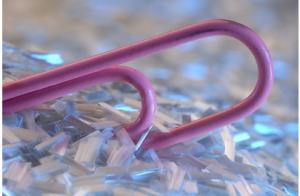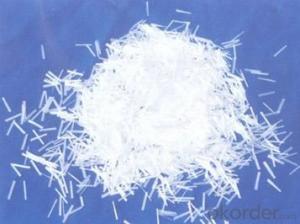Fiberglass Chopped Strands Mat for BMC e-Glass Fiber
- Loading Port:
- China Main Port
- Payment Terms:
- TT or L/C
- Min Order Qty:
- 1 ton kg
- Supply Capability:
- 500 Tons Per Month kg/month
OKorder Service Pledge
OKorder Financial Service
You Might Also Like
Introduction of E-Glass Fiber Chopped Strands For BMC
E-Glass Chopped Strands for BMCare widely used in transportation,construction,electronics,chemical industry and light industry,such as the automotive parts,insulator,and switch boxes.
Product Features of E-Glass Fiber Chopped Strands For BMC
1.Low viscosity and excellent flowability of the BMC paste
2.Low static and low fuzz, fast and good dispersion in resins
3.Good processing and excellent mechanical properties
Packaging of E-Glass Fiber Chopped Strands For BMC
The product can be packed in bulk bags, heavy-duty box and composite plastic woven bags;
For example:Bulk bags can hold 500kg-1000kg each; Cardboard boxes and composite plastic woven bags can hold 15kg-25kg each.
Storage of E-Glass Fiber Chopped Strands For BMC
Unless otherwise specified, fiberglass products should be stored in a dry, cool and rain-proof area. It is recommended that the room temperature and humidity should be always maintained at 15ć-35ćand 35%-65% respectively.
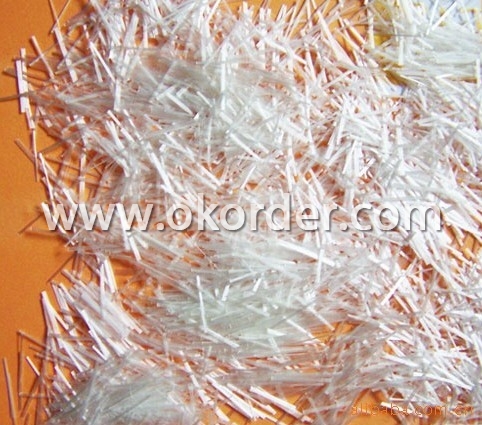
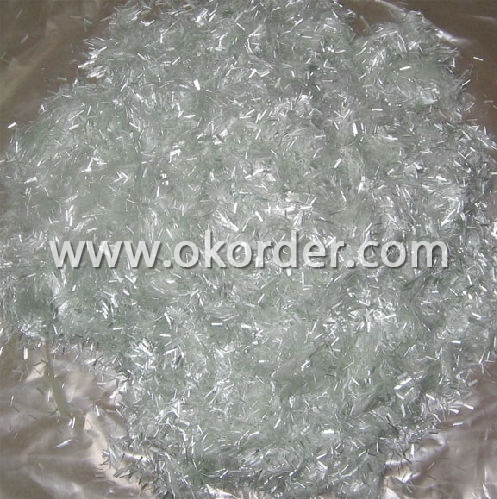
- Q: Can fiberglass chopped strand be used in the production of wind turbine hubs?
- Yes, fiberglass chopped strand can be used in the production of wind turbine hubs. Fiberglass chopped strand is a type of glass fiber reinforcement that is commonly used in various industries, including the manufacturing of wind turbine components. It provides strength, stiffness, and durability to the final product, making it an ideal material for wind turbine hubs. The fiberglass chopped strand can be combined with resin and molded into the desired shape, providing a lightweight and robust hub that can withstand the forces and stresses experienced during wind turbine operation. Additionally, fiberglass is corrosion-resistant and has excellent fatigue resistance, making it well-suited for long-term use in wind turbine hubs.
- Q: Is fiberglass chopped strand compatible with different post-processing techniques?
- Yes, fiberglass chopped strand is compatible with different post-processing techniques. Chopped strand mat (CSM) made from fiberglass is a versatile material that can be used in a variety of applications and post-processing techniques. It can be easily molded and shaped into different forms, making it suitable for processes such as compression molding, resin transfer molding (RTM), and hand lay-up. Fiberglass chopped strand is also compatible with post-processing techniques like vacuum infusion, filament winding, and pultrusion. These techniques involve impregnating the fiberglass with resin, which allows the material to be reinforced and strengthened. The compatibility of chopped strand with these techniques ensures that it can be effectively used in industries such as automotive, aerospace, construction, and marine. Furthermore, fiberglass chopped strand can be coated or laminated with different materials to enhance its properties. This allows for customization and optimization of the material for specific applications. Coating the chopped strand with resins, paints, or other protective layers can improve its resistance to chemicals, UV radiation, and moisture. Laminating it with other materials like carbon fiber or Kevlar can enhance its strength and stiffness. In summary, fiberglass chopped strand is highly compatible with various post-processing techniques, making it a versatile material with wide-ranging applications. Its compatibility allows for customization, optimization, and reinforcement, making it an ideal choice for industries requiring strong and durable materials.
- Q: Is fiberglass chopped strand suitable for reinforcement in concrete?
- Yes, fiberglass chopped strand is suitable for reinforcement in concrete. It provides enhanced tensile strength, improves durability, and prevents cracking in concrete structures. It is corrosion-resistant, lightweight, and easy to handle, making it an effective alternative to traditional steel reinforcement.
- Q: Can fiberglass chopped strand be used in the manufacturing of electrical enclosures?
- Indeed, the utilization of fiberglass chopped strand is applicable in the production of electrical enclosures. This reinforcing material consists of glass fibers that have been chopped into small fragments. Due to its exceptional electrical insulation properties, it is commonly employed in various industries, including electrical engineering. Incorporating fiberglass chopped strand into the manufacturing process of electrical enclosures can provide them with increased sturdiness and longevity. It effectively enhances the mechanical characteristics of the enclosures, rendering them resistant to impact, corrosion, and other external factors. Moreover, fiberglass chopped strand is non-conductive, a crucial attribute in electrical applications as it effectively prevents any electrical shorts or hazards. Furthermore, fiberglass chopped strand can be effortlessly molded or shaped into intricate forms, making it ideal for manufacturing enclosures with specific requirements or intricate designs. Additionally, it can be combined with other materials such as resins or polymers to create composite materials that offer enhanced performance and versatility. All in all, the utilization of fiberglass chopped strand in the manufacturing process of electrical enclosures provides numerous advantages, including augmented strength, durability, electrical insulation, and design flexibility.
- Q: Is fiberglass chopped strand resistant to abrasion?
- Yes, fiberglass chopped strand is generally resistant to abrasion. Fiberglass is known for its durability and strength, which makes it highly resistant to wear and tear caused by abrasion. The chopped strands are interwoven and bonded together, creating a strong and resilient material that can withstand abrasive forces. However, the exact level of resistance may vary depending on the specific composition and manufacturing process of the fiberglass chopped strand. It is always advisable to consult the product specifications or the manufacturer for specific information regarding the abrasion resistance of a particular fiberglass chopped strand product.
- Q: Can fiberglass chopped strand be used in high temperature applications?
- No, fiberglass chopped strand is not suitable for high temperature applications as it has a low melting point and can degrade when exposed to high temperatures.
- Q: Is fiberglass chopped strand resistant to mechanical stress?
- Fiberglass chopped strand possesses resistance to mechanical stress. Its high strength-to-weight ratio and impressive tensile strength are well-known attributes of fiberglass. Chopped strand, consisting of shorter fiberglass fibers, is widely utilized in different industries such as composites, construction, and automotive. This reinforcement material augments the mechanical properties of the end product, rendering it more resilient to mechanical stress and ultimately enhancing its durability. The random arrangement of the chopped strands also aids in distributing stress evenly throughout the material, further strengthening its resistance to mechanical stress. In conclusion, fiberglass chopped strand is a dependable and efficient material for enduring mechanical stress.
- Q: Can fiberglass chopped strand be used in the manufacturing of electrical enclosures?
- Yes, fiberglass chopped strand can be used in the manufacturing of electrical enclosures. It provides excellent insulation properties and high strength, making it suitable for protecting electrical components. Additionally, fiberglass is corrosion-resistant and can withstand various environmental factors, making it a viable material for electrical enclosure manufacturing.
- Q: Can fiberglass chopped strand be used for reinforcing rubber materials?
- Yes, fiberglass chopped strand can be used for reinforcing rubber materials. The fibers provide strength and durability to the rubber, enhancing its overall performance and resistance to wear and tear.
- Q: How is fiberglass chopped strand manufactured?
- Fiberglass chopped strand is manufactured through a specific process that involves several steps. Firstly, glass fibers are drawn from molten glass in a continuous process, using a process called fiberization. These glass fibers are then coated with a sizing material to enhance their performance and ensure better adhesion to the resin matrix. After the sizing process, the glass fibers are cut into shorter lengths, typically ranging from a few millimeters to several centimeters. This cutting process is known as chopping. It can be done mechanically using rotating blades or by air-assisted methods, such as a pneumatic gun that blows the fibers against a fast-moving blade. Once chopped, the strands are collected and packaged for distribution or further processing. The packaging can vary depending on the specific needs of the customer, but it is typically in the form of compressed bales or bags. During the manufacturing process, it is crucial to control the length and consistency of the chopped strands. This is achieved by adjusting the cutting speed and blade configuration to meet the desired specifications. Quality control checks are also performed to ensure that the chopped strands meet the required standards for strength, length, and diameter. Overall, the manufacturing of fiberglass chopped strand involves the fiberization of glass, coating the fibers with sizing, cutting them into shorter lengths, and then packaging them for use in various applications such as reinforced plastics, thermoplastic molding, and construction materials.
1. Manufacturer Overview
| Location | Chongqing, China |
| Year Established | 1971 |
| Annual Output Value | Above US$ 50 Million |
| Main Markets | North America, Eastern Europe, Southeast Asia, Mid East, Eastern Asia |
| Company Certifications | ISO9001 |
2. Manufacturer Certificates
| a) Certification Name | |
| Range | |
| Reference | |
| Validity Period |
3. Manufacturer Capability
| a) Trade Capacity | |
| Nearest Port | Chongqing |
| Export Percentage | 40%-50% |
| No.of Employees in Trade Department | 21-50 People |
| Language Spoken: | English |
| b) Factory Information | |
| Factory Size: | Above 2000,000 square meters |
| No. of Production Lines | Above 4 |
| Contract Manufacturing | |
| Product Price Range | Average |
Send your message to us
Fiberglass Chopped Strands Mat for BMC e-Glass Fiber
- Loading Port:
- China Main Port
- Payment Terms:
- TT or L/C
- Min Order Qty:
- 1 ton kg
- Supply Capability:
- 500 Tons Per Month kg/month
OKorder Service Pledge
OKorder Financial Service
Similar products
Hot products
Hot Searches
Related keywords
